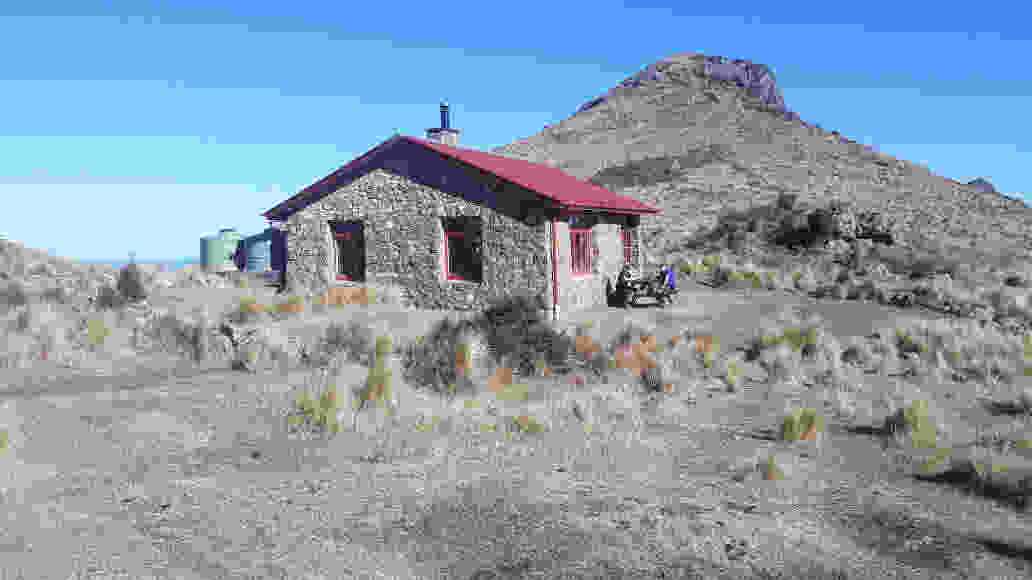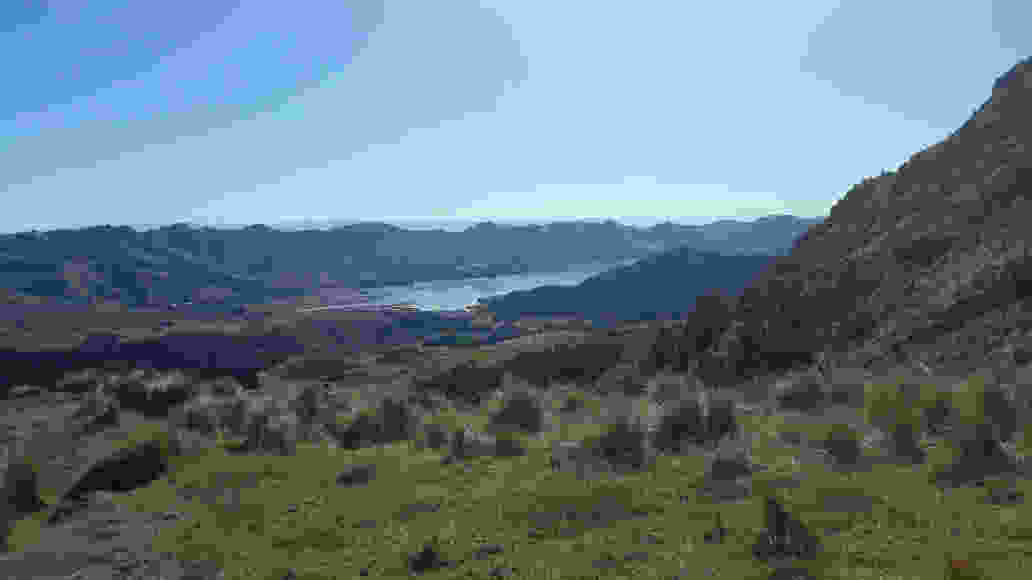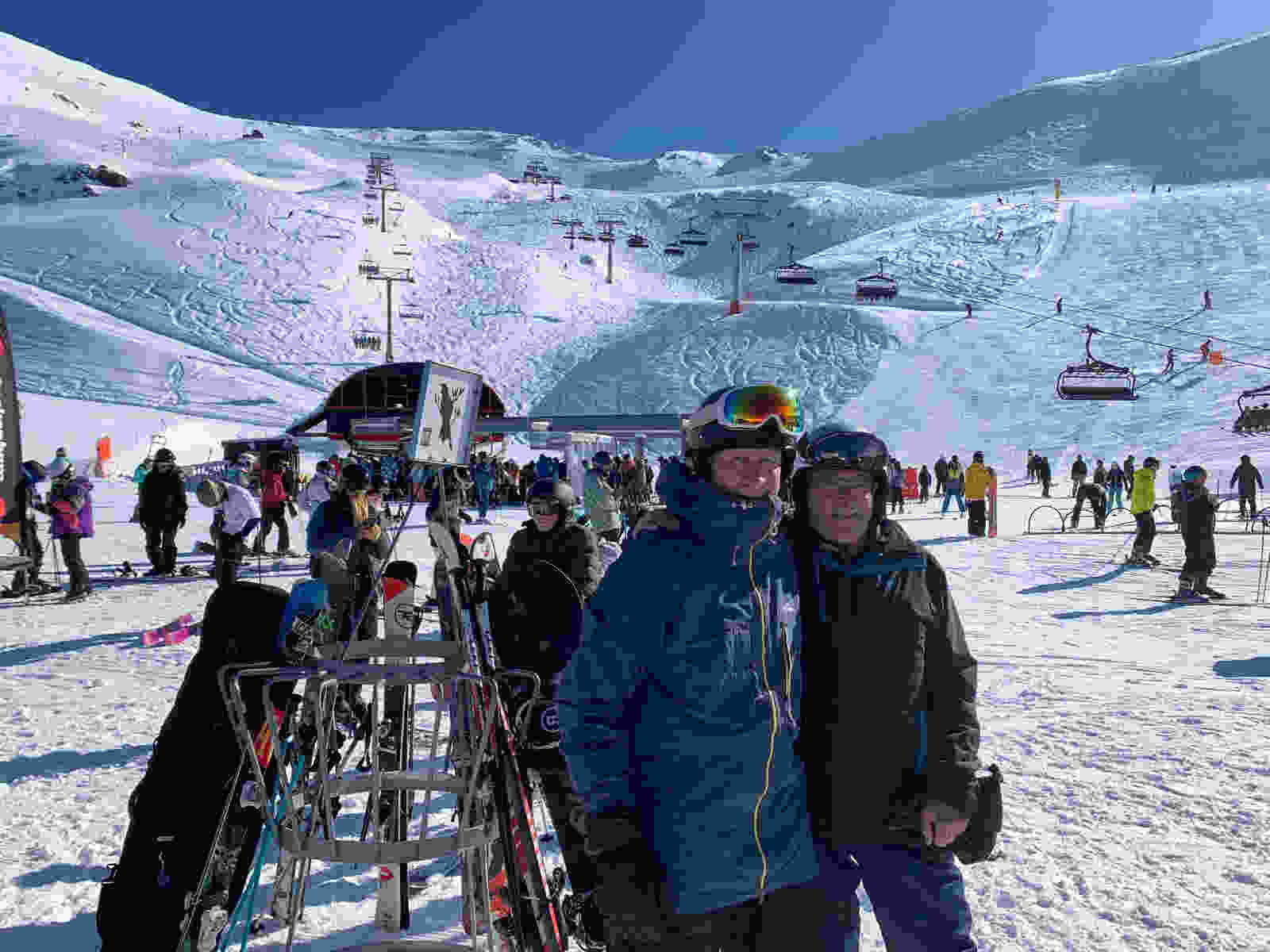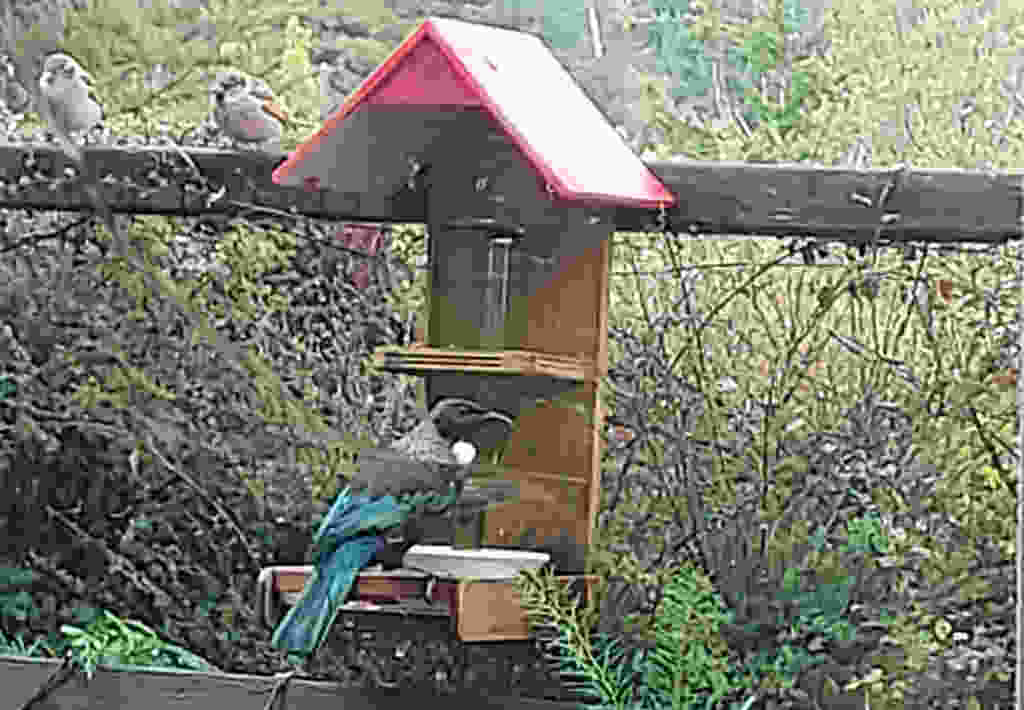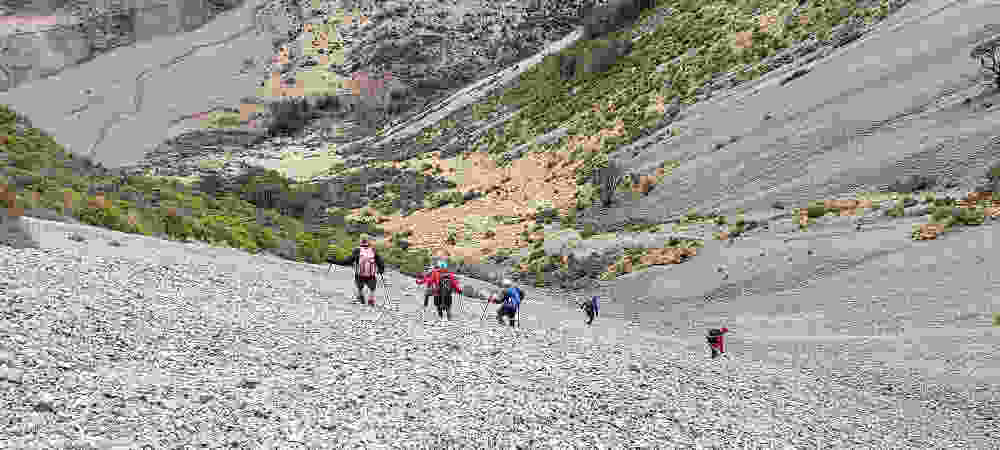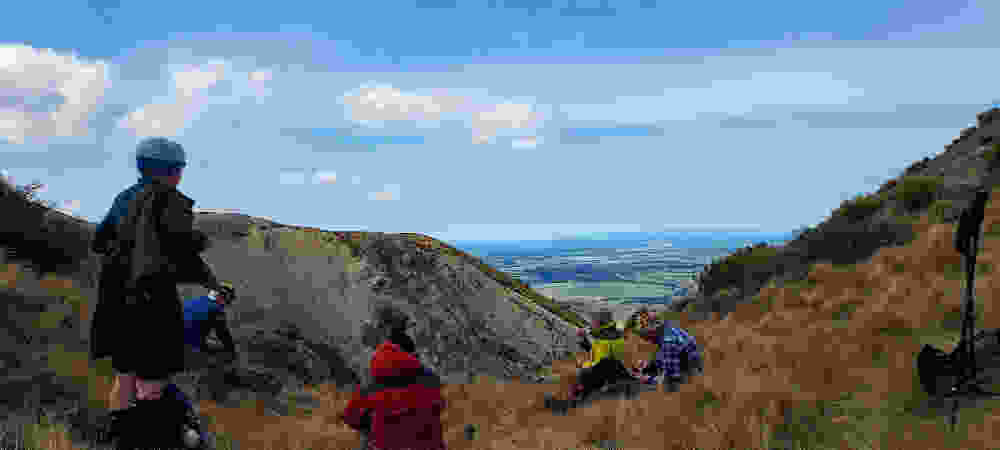Priorities
Why I'm Standing
Our environment is under threat from many avenues: nitrification of rivers and aquifers, pollution of waterways, invasion and destruction of native plants and animals by exotics, and overarching it all, the effects of climate change from greenhouse gas emissions. I want to contribute to the restoration and preservation of the magnificent natural world that I enjoy for my grandchildren and their children's children to enjoy.When living in Auckland and working at Middlemore Hospital, my major weekend recreation was tending with my family our block of regenerating kauri and totara forest near Mangawhai. Now that I have time and opportunity, I would like to follow that passion for the environment on a wider scale by contributing to its stewardship by ECan, the regional environmental body.
My Priorities
Public transport, especially zero-emission public transport, is a major contributor to urban wellbeing and to the reduction of air pollution and CO2 emissions. In an ideal world it would be Fast, Frequent and Free.
Water quality is a significant problem for Canterbury.
Nitrification and pollution of rivers and aquifers are hazards to health
and to aquatic organisms. The effects of excess nitrogen leaching
into groundwater can take decades or centuries to become apparent.
Close monitoring and effective policies to reverse nitrification must
be sustained.
Management of pests, including predators and invasive plants such as wilding pines, to restore and enhance our natural environment is an important and ongoing task.

Profile
Since returning to Christchurch five years ago, I have enjoyed tramping and skiing in Canterbury and rekindled a deep appreciation of our natural environment. I am a committed advocate for, and user of, public transport.After schooling in Hamilton and university in Auckland, I moved to Christchurch 50 years ago to work as a junior doctor in Christchurch Hospital. I completed specialist training and a research degree, spent five years in the UK in research and university teaching, and was appointed as Professor of Pathology in the Christchurch School of Medicine. In 1996 I moved to Auckland and worked as Clinical Director at Middlemore Hospital until retirement.
I have experience in governance as member and chairman of school boards of trustees at Kirkwood Intermediate and Christchurch Boys' High, as councillor of medical colleges, and as board member and chairman of the NZ Medical Association.
Climate
Climate change caused by greenhouse gases is the greatest environmental challenge facing us all, now and in the foreseeable future. The earth receives energy from the sun and radiates energy away into space. The sun is very hot, and so emits energy at short wavelengths including near-infrared and visible light. The earth is warm, and so emits energy at longer wavelengths, in the far infrared. That far-infrared energy can be absorbed by gases such as CO2 and methane which prevent it from escaping. The effect is dubbed "the greenhouse effect" because the mechanism is similar to the way that greenhouses get warmed -- energy from the sun can get in through the glass, but glass blocks far-infrared radiation and traps the energy inside as heat.Fifty years ago the proportion of CO2 in the atmosphere was about 0.03% or 300ppm (parts per million). It is now more than 420ppm, and continuing to increase as we mine carbon that has been stored away for millennia as coal, oil and gas and burn it, converting the carbon to CO2.
Methane, which is a greenhouse gas even more potent than CO2, is released from decomposing organic material ("swamp gas"), by herbivores who generate it by anaerobic fermentation in their gut, and by escape of natural gas (which is principally methane) from underground reservoirs, either naturally as a result of drilling. While potent, methane is less of a long-term problem because it is slowly oxidised and converted to CO2 (and water) in the atmosphere.
As the earth grows warmer from the blanketing effect of greenhouse gases, the climate becomes hotter, and we see the effect of that in the rising summer temperatures currently being experienced by Europe and America. This hot weather has led to increasing problems with drying of vegetation producing unprecedented forest fires, and also has directly been causing heat stroke and death, particularly amongst the elderly. New Zealand is protected to some extent by its maritime climate which prevents extreme heat, but the warming is affecting the ranges of native plants and animals which are gradually moving southwards, and "marine heat waves" with warming of the ocean are affecting marine life. We are also seeing the retreat of New Zealand's glaciers and can expect to see overall a reduction in the snow persisting on our mountains.
As the atmosphere grows warmer it evaporates and holds more water, and this has been causing unprecedented high rainfall events with flooding and landslips. This has certainly been affecting New Zealand with warm moist air from the tropics streaming southwards as "atmospheric rivers" and dumping huge amounts of rain on areas that are unprepared for it and unable to cope with it.
The basic cause of these problems is the increasing atmospheric concentration of greenhouse gases, and the move to "decarbonise" energy production and transport is growing ever more urgent. New Zealand has a high proportion of its electricity generation as hydro, geothermal, wind and solar which are "green" sources, but also burns coal and gas as "peaking" supply and when hydro lake levels are low. The current proposal to import and stockpile a million tonnes of coal at the Huntly power station is particularly problematic; when it is burned, that coal will produce 1.5-3 million tonnes of CO2 depending on the grade of the coal, contributing 2-4% of New Zealand's gross annual CO2 production which is currently just under 80 million tonnes per year. There must surely be a better way of keeping the lights on than that.
What Can ECan Do?
Much of the response to climate change is national and international, and beyond the scope of regional authorities. However there are some aspects that ECan must consider.Transport contributes about 40% of New Zealand's CO2 production, and an important contributor to the reduction of this will be persuading people to stop burning petrol and diesel in their cars. Public transport which is one of ECan's briefs can help here, but to be effective it must be attractive to motorists -- ideally Fast, Frequent and Free, and also zero-emission. The current programme to convert the bus fleet from diesel to electric by 2035 is admirable, but sooner would be better.
The effects of climate warming on our environment -- hotter dryer summers and wetter winters -- can be mitigated by sensible land use, and that too is within ECan's portfolio. We need to try to ensure that when the cloud bursts, the land beneath can cope with the deluge, and that when the land is parched the risk of fire is managed.
ClimateActionŌtautahi
ClimateActionŌtautahi sent three statements related to climate change to candidates and asked for responses on a scale of 1 (Strongly agree) to 5 (Strongly Disagree).Their statements and my responses are below.
A. Scientific & economic analyses show that climate change will significantly damage the economy unless we take urgent action to reduce our emissions.
1 - Strongly agree
I don't think there is room for any doubt that greenhouse gas induced climate change is already affecting us.
B. It is imperative that strong, urgent action is taken to significantly reduce our regional greenhouse gas emissions.
2 - Agree
My slight reservation is the restriction to "regional" in this statement. Many of the actions needed are national and international. While the regional council does not control national policy, it can certainly influence it.
C. More resources need to be provided for a public campaign by ECan to raise public awareness and stimulate behavioural change that reduces emissions.
2 - Agree
Again, I have some reservations. I'm not sure a public campaign is the best way to change behaviour. Almost 40% of NZ's CO2 emissions come from transport, and effective low-emission public transport would go a considerable way towards reducing greenhouse gas emissions and atmospheric pollution. I would see this, rather than public education, as a priority for ECan. If there were an attractive alternative to cars, people would use it.
Ideally, public transport should be Fast, Frequent and Free.
Public Transport
"In an ideal world, public transport would be Fast, Frequent and Free."One of the significant functions of ECan is the organisation of, and funding for, public transport in its region. This encompasses bus and ferry services, but also mobility services for adults who cannot safely or easily use public transport.
Public transport is a significant contributor to community wellbeing; about half of our population cannot drive themselves because they are too young, too old, too blind, too disabled, or too poor. Without public transport they would be unable to travel without the help of able-bodied, licensed, driving relatives or friends.
About 40% of New Zealand's CO2, about 32 megatonnes per year, comes from transport. Public transport is potentially a major contributor to the reduction of air pollution and CO2 emissions, but for it to succeed it must itself be non-polluting and be sufficiently attractive to entice drivers out of their cars.
Urban Christchurch has a reasonably effective bus network, although some more recently-populated areas seem not so well served by it. 70 of a total of about 250 buses are electric, and it is planned to have a fully electric fleet by 2035, but that seems a long way off.
Timaru has "Myway by Metro", an on-demand pickup and transport service,
that seems very well liked by users. It has some features of the
"Shared Mobility" proposal (
link) from the OECD International Transport
forum that is referred to in this
OpEd
piece that was published in the NZ Herald.
It is an interesting fact that when bus patronage increases, planners reach for bigger buses. Those of us who use the system realise that bigger buses are often almost empty. When they are full, they take a long time at each stop for the many passengers to enter or alight. They take an especially long time at stops when they are double-deckers, as Auckland is increasingly using. As a user, I would rather see capacity increased by having more small buses running more frequently than a few enormous buses running infrequently.
My Experience of Other Public Transport Systems
I was fortunate to have opportunity to see and use the highly-regarded public transport system in The Netherlands when I spent three months there a few years ago. I also visit London about once a year because I have children and grandchildren living there, and have recent experience of the generally excellent Greater London bus, tube and overground rail services.Auckland, where I lived for almost 25 years, has what could potentially be a very good bus and urban rail service, but it is marred by frequent cancellations and service restrictions. I used the train daily to Middlemore where I worked, a distance of about 20km. It was convenient, comfortable (when the diesel units were replaced by electric) and, because I was going against the flow, not crowded. It was much more pleasant to sit on the train reading than to grind my teeth in slow queues on the Southern Motorway.
The Northern Bus Corridor has gone some considerable way to ease congestion on the Northern Motorway and Auckland Harbour Bridge.
Auckland does not have, will probably never
have, and should probably not even have considered, a
tram
("light rail") network.
Transport in The Netherlands
I spent three months living in The Netherlands in 2018 while working on sabbatical in the laboratory of the Organisation for the Prohibition of Chemical Weapons. This United Nations aligned body has headquarters in the diplomatic quarter of The Hague, adjacent to the International Criminal Court, but because the laboratory deals with poisonous substances, it is kilometres away in an industrial estate about half-way between The Hague and Delft which are 13km apart.This time in The Netherlands gave me an interesting insight into Dutch public transport. The bicycle is king within urban areas. Mothers and fathers transport their pre-school aged children in "bakfiets" (box-bikes), bicycles with a sort of front wooden trailer/load carrier. We were there in spring and early summer, so were not severely tested by the weather, but I understand that winter weather is no barrier to the Dutch. We were told many times "There's no such thing as bad weather, just bad clothing." Bike theft seems to be a problem -- everyone has impressive-looking locks and chains.
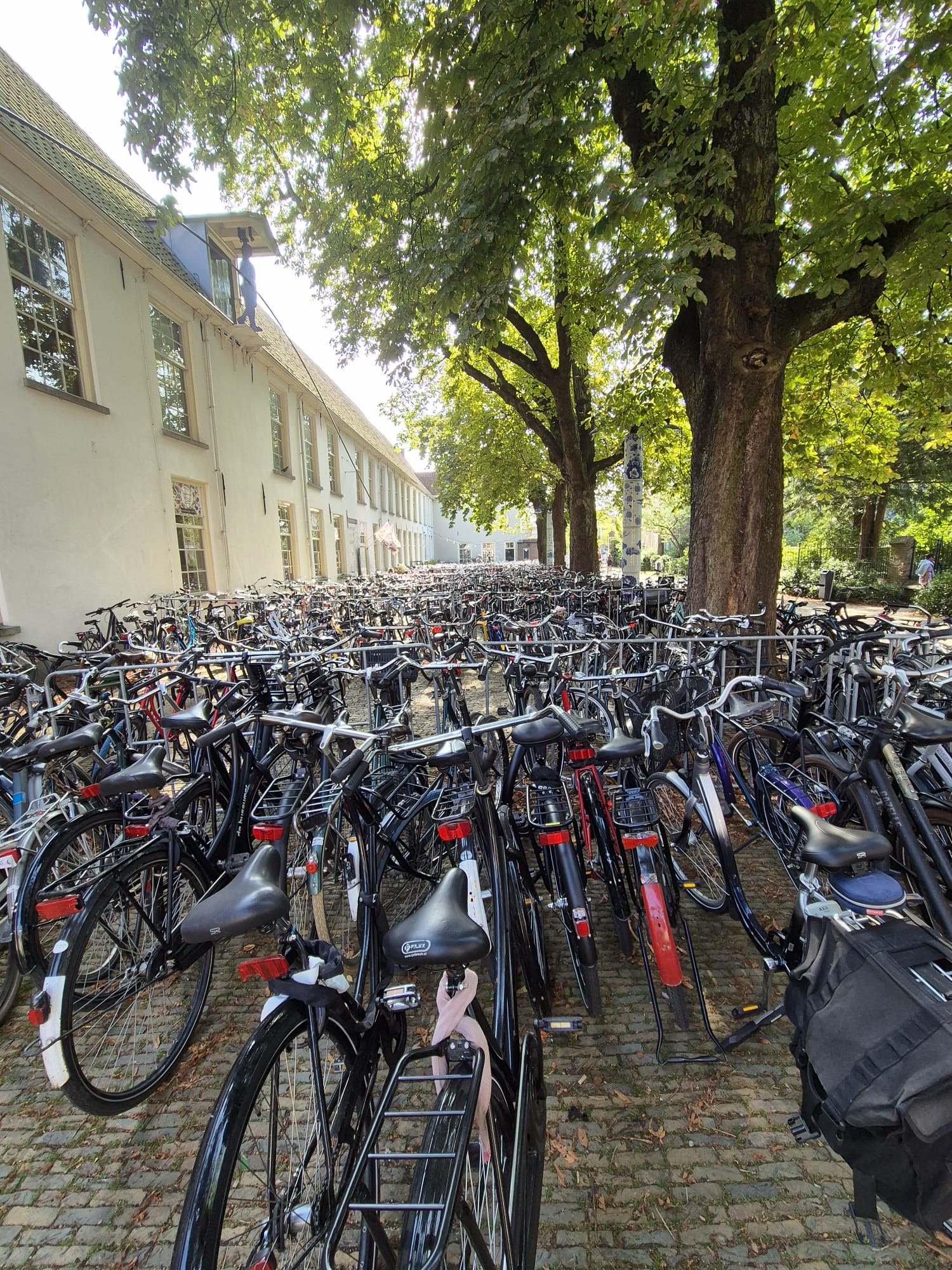 Transport to/from work, about 7km, was by bicycle for me, as it was
for many who worked there. For much of the journey there were off-road
cycleways. The experience of riding through the polders observing birds
including bitterns in the waterways was an interesting start and finish
to the working day. However it's not quite as idyllic as it sounds;
small motorbikes apparently have rights to the cycleways too.
Transport to/from work, about 7km, was by bicycle for me, as it was
for many who worked there. For much of the journey there were off-road
cycleways. The experience of riding through the polders observing birds
including bitterns in the waterways was an interesting start and finish
to the working day. However it's not quite as idyllic as it sounds;
small motorbikes apparently have rights to the cycleways too.
Transport between cities is generally by train; the Netherlands has a well-established, well-run and well-patronised national rail system which seems to be almost totally electrified. There is a unified travel card for train, tram and bus -- the OV-Chipkaart. Train stations generally have huge bike racks of two or three tiers, and most people don't take their bike on the train. There were frequent trains between Delft and The Hague, and Delft and Rotterdam -- Delft is about half way between those major centres. All three have canals, and there are canals joining them, but those seemed to be little-used for transport.
There is a tram service running from Delft to The Hague and on to the beach at Scheveningen. I found it rather less impressive. The tram was rather slow, the stops were relatively widely spaced, and at popular times the trams were crowded, with standing room only. The tram line ran on the other side of the river from the laboratory I worked in, so it was not a practical commuting option. There was, however, a small (12-seat) bus which ran infrequently from the Delft train station past a stop adjacent to the laboratory to The Hague, and I used it on a trip when I revisited the laboratory a year or so after the sabbatical.
Water Quality
Contamination of rivers and aquifers by nitrates and faeces is a significant problem for Canterbury. Nitrate is of particular concern since it may take decades or even centuries for nitrate deposited in the soil to leach through to aquifers, so we may today be generating significant problems that will only become apparent in the future.ECan conducts an annual survey of groundwater by sampling wells throughout the Greater Canterbury region.
In 2023, 35 (10%) of 349 Canterbury wells sampled had nitrate levels higher than the MAV (Maximum Acceptable Value), the level at which there is undoubted risk of harm to health. 59% of the 301 wells for which long-term data were available showed increase in nitrate over 10 years.
The results of monitoring for 2024 were published on 14 Aug 2025 and show 36 of 349 wells had nitrate concentration above MAV and 62% of 301 wells showed nitrate concentration likely or very likely to be increasing over the preceding 10 years.
Shallow wells are at risk of contamination with animal or human faeces and this is indicated by the presence of faecal bacteria. In 2023, 32 (9%) of 349 wells showed contamination with E coli greater than the MAV of <1 per 100mL. In 2024, 49 (14%) of 349 wells exceeded that MAV.
While it is possible that the apparent increase in faecal coliform contamination might be due to weather conditions prior to sampling, it certainly seems that nitrate levels and faecal contamination in Canterbury groundwater are not improving.
The Press reported
on 20 Aug 2025 that Selwyn has now committed
$5.3M in its long-term plan to investigate alternative low-nitrate
drinking water sources because its wells are increasingly contaminated
with nitrate.
Effective Monitoring of River Health
My background in molecular biology leads me to believe that there are promising newer ways of monitoring river health that ECan does not seem to be adopting. Dr Mike Bunce, Chief Science Adviser to the Department of Conservation, has publishedI would have thought that ECan could and perhaps should help to establish research programmes in Canterbury-based universities to explore this technology, both for assessing water quality and for monitoring pest species, and help to put it into production.
Pest Control
Management of plant and animal pests is one of the core functions of ECan. For the most part, responsibility for actually controlling or eliminating the pest species is devolved to the land owner or occupier, and the function of ECan is to monitor the situation.
The current Canterbury Pest Management Plan (PDF here) was published in June 2018 and covers the 20-year period
until 2038. It is not due for review until June 2028, but it seems
to me that there are aspects of it that are currently outdated --
for example, didymo ("rock snot", Didymosphenia geminata)
is now established in Canterbury
but is not mentioned in the 20-year Plan.
Many of the organisms declared as pests (there are 52 of them) are present at only one or a few sites in Canterbury; the declaration is largely based upon the likely economic consequences if the pest organism became widespread. To quote from the Plan:
This may be the reason that many of the animals that I and most others would consider problematic are not designated as pests: mustelids (stoats, weasels and ferrets), possums, rats, hedgehogs, wild pigs, wild deer, wild goats and feral cats, which have major impacts on native birds and plants, are "organisms of interest" but not pests.
One of the promising techniques for tracking the presence of low levels of pest species is the assay of eDNA (environmental DNA). There is no evidence from its website or publications that ECan is actively pursuing this possibility. As with the use of eDNA for water quality monitoring, I would have thought that this is an area of research that ECan should be promoting in Canterbury-based universities.
Wilding conifers are designated as pests but the Plan seems to devote relatively little effort to dealing with them. There is a defined "Wilding Conifer Containment Area" which is essentially the foothills and high country but not Banks Peninsula. Within that area, a priority zone covering about 900,000 hectares or about 17% of the total Canterbury land area is proposed to be cleared of wilding conifers "within 10 years" or by 2028. The control operations were envisaged to be publicly funded, but that funding was from a central government source which has now essentially dried up, with Canterbury's share of funding dwindling from a maximum of about $20M in 2020/21 to $3.58M in 2023/24. It is notable that the quarterly reporting on Pest Management for August 2025 specifically excludes wilding conifers:
Even with that exclusion, Service Measure 10 was "not achieved": 94 of 113 sites (83%) were considered to be controlled, with a target of 95%.
In my view, allowing the continued planting of exotic forests is simply
storing up more problems iwith wilding trees for the future. There is
currently before select committee a Bill that would allow genetically
modified organisms to be released into the New Zealand environment.
It is possible to genetically modify plant species so that they are sterile,
and incapable of setting seed. If and when that law is enacted, I would
like to see Canterbury (and preferably all of New Zealand) to require
as a condition of resource consent for forestry that all exotic species
to be planted must be non-fertile.
Contact
